E-Panzer’s Extended Detection and Response (XDR) is a comprehensive
security service that integrates detection and response procedures across
multiple environments, enhancing the ability to detect, analyze, and respond to
cyber threats.
Here are some key aspects of E-Panzer’s XDR service. With E-Panzer’s XDR service you receive-
●
Integration Across Security Layers: our XDR correlates and collects data from
various security layers, including networks, endpoints, email, servers, and
cloud workloads. This integration provides a holistic view of the security
landscape, enabling faster threat detection and response.
● Automation and
AI: our service utilizes automation and artificial intelligence to streamline
threat detection and response processes. It automatically correlates alerts
into incidents, reducing the need for manual investigation and allowing
security teams to focus on more complex threats.
● Incident-Based
Investigation: By consolidating low-level alerts into incidents, our XDR
provides security analysts with a comprehensive view of potential cyberattacks,
improving productivity and enabling quicker responses.
● Visibility and
Context: Our service enhances visibility into the full cyberattack chain,
allowing security teams to understand and remediate sophisticated threats that
might go undetected by traditional point security solutions.
● Automatic Threat
Disruption: Our XDR can automatically
disrupt ongoing cyberattacks by isolating compromised devices and accounts,
thus limiting the impact and reducing the need for extensive post-incident
cleanup.
● Evolution from
EDR: XDR is an evolution of Endpoint Detection and Response (EDR), expanding
its scope to include a broader range of security products and providing a more
integrated security solution.
Overall, E-Panzer’s XDR offers a more comprehensive and efficient
approach to cybersecurity by breaking down traditional security silos,
providing advanced threat detection and response capabilities, and utilizing
automation to reduce the workload on security teams.
How
Extended Detection and Response (XDR) differs from standard cybersecurity
methods.
Many of our clients ask what the difference is between Endpoint Detection and Response (EDR) and XDR. Here are a few-
Scope of Detection and Coverage
●
XDR: Extends beyond endpoint protection to
include data from networks, cloud services, applications, and IoT devices,
providing a more comprehensive view of the security landscape.
● Standard Methods
(EDR): Primarily focus on endpoint devices, offering protection and visibility
limited to those specific areas.
Data Collection and Integration
●
XDR: Collects and correlates data from multiple
security layers, enabling a unified security approach and reducing silos within
the security architecture.
● Standard Methods
(EDR): Typically rely on endpoint data, which may lead to fragmented security
insights and potential gaps.
Automated Incident Response
●
XDR: Offers automated incident response
capabilities across the entire security stack, allowing for quicker and more
coordinated responses to threats.
● Standard Methods
(EDR): Provide automated responses primarily for endpoints, which may require
additional manual integration for broader security coverage.
Scalability and Adaptability
●
XDR: Easier to scale and adapt to complex and
evolving security needs, as it integrates multiple security domains into a
single platform.
● Standard Methods
(EDR): May require more effort to scale and integrate with other security
solutions, potentially leading to inefficiencies.
Visibility and Threat Detection
●
XDR: Enhances visibility across the entire IT
environment, improving the detection of advanced threats and reducing false
positives through intelligent threat correlation.
● Standard Methods
(EDR): Provide detailed visibility within endpoints but may lack the broader
context needed for effective threat detection across the entire infrastructure.
The team at
E-Panzer are experts at protecting your organization from cybercriminals
Overall, E-Panzer Security XDR’s service offers a more holistic and integrated approach to cybersecurity, addressing many limitations of traditional methods by providing enhanced visibility, automated responses, and broader threat detection capabilities across various security layers. Contact us now!

















